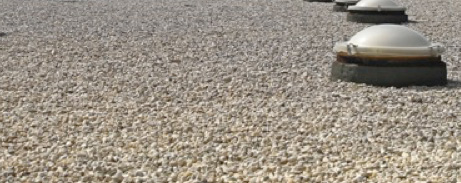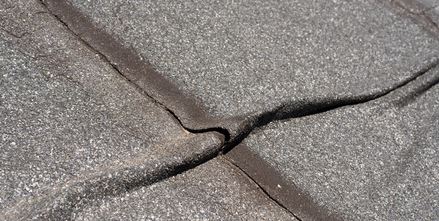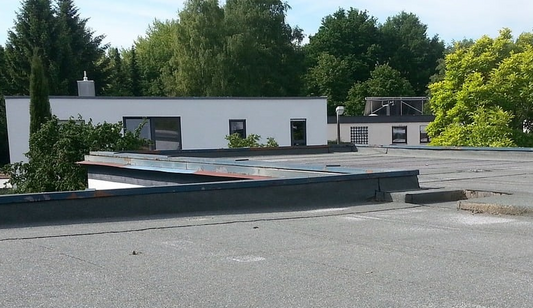Thicker PVC membranes aren't always better for UK weather conditions. While you might assume thickness equals durability, flexibility and plasticiser quality matter more than raw thickness. Thinner membranes (1.2-1.5mm) often outperform thicker alternatives in Britain's unpredictable climate because they're easier to install properly and less prone to cross-joint failures. Poor-quality thick membranes can underperform compared to premium thin options, and installation complications from rigid thick membranes increase water ingress risks. Continue exploring to understand the complete performance picture.
Key Points
- Thicker PVC membranes are not always better as durability depends more on plasticiser quality than thickness alone.
- Thinner membranes often outperform thicker alternatives in UK climate due to superior flexibility during installation.
- Thicker membranes increase risks of cross-joint failures and water ingress due to reduced flexibility.
- Installation becomes significantly more challenging with thicker membranes, leading to potential workmanship errors and damage.
- High-quality thin membranes provide comparable durability and UV stability at lower costs than thicker options.
Understanding PVC Membrane Thickness Standards and UK Requirements
When selecting PVC membranes for UK roofing applications, you'll encounter three standard thickness options: 1.2mm, 1.5mm, and 1.8mm. While you might assume that 1.8mm membranes offer superior durability for UK weather conditions, this isn't necessarily true.
The thinner options—1.2mm and 1.5mm—actually provide greater flexibility, reducing installation challenges at essential detailing points.
You'll find that membrane thickness alone doesn't determine performance. The quality of plasticisers plays a more significant role than raw thickness measurements. Poor-quality 1.8mm membranes can underperform compared to premium 1.2mm alternatives.
Additionally, thicker membranes create complications at cross joints, potentially increasing water ingress risks if you don't follow proper repair protocols. UK weather demands focus on material quality rather than simply choosing the thickest available option.
Performance Comparison: Thick Vs Thin Membranes in British Climate
Although manufacturers often promote thicker PVC membranes as premium solutions for British weather, real-world performance comparison reveals a more complex picture.
You'll find that thin membranes like 1.2mm options actually outperform thick membrane alternatives in UK weather conditions due to superior flexibility during the installation process.
While thicker variants promise extended warranties, they're prone to cross-joint failures that increase water ingress risks.
The key isn't thickness—it's selecting proven PVC membranes suited for Britain's temperature fluctuations, such as Memtec's single ply membrane range.
Regardless of your choice, consistent routine maintenance remains essential for peak long-term performance and preventing costly repairs.
Installation Challenges With Different Membrane Thicknesses
Despite marketing claims that thicker membranes provide superior protection, you'll encounter significant installation hurdles when working with 1.8mm PVC membranes compared to their thinner counterparts.
The reduced flexibility of thicker membranes creates challenges at critical detailing points, particularly around cross joints where precise chamfering becomes essential to prevent water ingress. You'll find that rigid membranes are more susceptible to damage during handling and installation, increasing the likelihood of workmanship errors.
Additionally, subsequent trades working on your roof can easily damage these less flexible materials, requiring immediate maintenance to avoid infiltration issues.
Conversely, thinner 1.2mm membranes offer superior flexibility, simplifying installation around roof penetrations and reducing detailing complications that could compromise your roofing system's integrity.
Cost-Effectiveness Analysis for UK Commercial and Residential Projects
While thicker 1.8mm PVC membranes command premium pricing between £45-75 per square meter, you'll discover that this substantial investment doesn't guarantee proportional returns for UK projects. The upfront cost doesn't correlate with proven longevity under UK weather conditions, as no published data confirms thicker PVC membranes outlast 1.2mm alternatives.
You'll find that installation costs can escalate when rigidity complicates detailing work, potentially increasing maintenance requirements down the line.
However, thinner options like 1.2mm membranes deliver comparable performance and flexibility while offering a more cost-effective solution. Energy efficiency benefits and reduced maintenance create long-term savings with 5-7 year payback periods, making strategic thickness selection essential for maximizing your project's return on investment in the UK market.
Weather Resistance and Durability Factors Beyond Membrane Thickness
When evaluating PVC membrane performance in the UK's demanding climate, you'll find that durability stems from factors far more critical than membrane thickness alone.
Weather resistance depends primarily on plasticiser quality and construction methods rather than simply choosing thicker materials. Flexibility becomes paramount during installation, as 1.2mm and 1.5mm membranes adapt better around critical detailing areas, reducing damage risks.
Three key performance factors supersede membrane thickness:
- UV stability - relies on top layer composition, not overall thickness
- Proper installation - prevents water ingress at vulnerable cross joints
- Maintenance schedules - guarantees long-term membrane longevity
Your membrane's performance in unpredictable UK weather ultimately depends on installation expertise and consistent maintenance rather than thickness specifications alone.
Rounding Up
You shouldn't assume thicker PVC membranes are automatically better for UK weather. While thickness matters for durability, you'll find that material quality, installation expertise, and specific climate factors often outweigh membrane thickness alone. Consider your project's unique requirements, budget constraints, and local weather patterns. The best choice balances performance, cost-effectiveness, and proper installation rather than simply choosing the thickest option available for your roofing needs.




